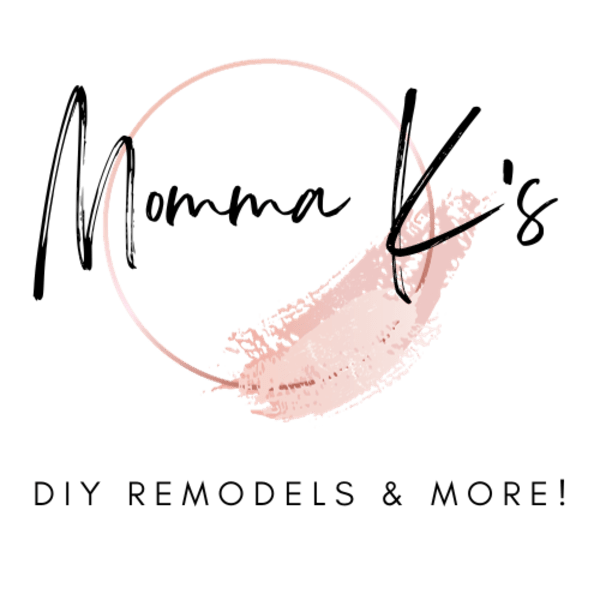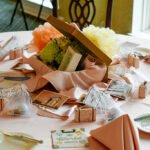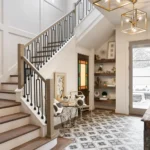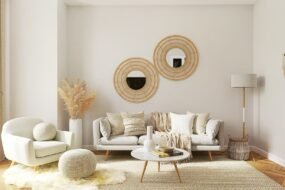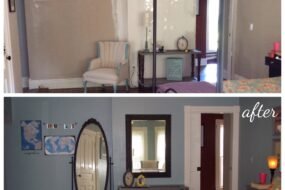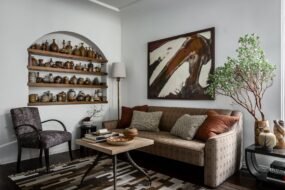
When you move into a new rental house or apartment, it’s only common to feel somewhat underwhelmed by the aesthetics of it all. Everything looks bland and plain, with just about zero personality to boot. This is hardly an exception; a rental that comes with an acceptable set of decorations is a rarity at best. But just because you live in a rental, it doesn’t mean you’re powerless when it comes to adding some personal touches and making the place uniquely yours, at least for the duration of your stay.
Like many people, you probably choose to rent long-term while saving money or waiting for the house market to be more reasonable sometime in the future. Whether you’re renting a townhome, a studio apartment, or even a detached house, it’s not actually that difficult to transform the place, albeit temporarily, into very much like your own. Here are some basic ideas to get things started.
Light Fixtures
Let’s begin with arguably the most notable thing in every room: the light fixture. It seems strange that just about every rental home comes with either an outdated ceiling fixture or one that undeniably looks like it has no business being there in the first place. So instead of living with the eyesore for the entire length of your lease, make it a priority to take it down in your renovation to-do list. Keep in mind that the original fixture – no matter how unsightly it might be – is part of the landlord’s property, so be sure to store it in a safe place.
It’s unquestionable that lighting is a no-nonsense way to add personal touches, convey a design statement, and most importantly, bring a personal style to any room. So do yourself a favor and replace that organic decades-old chandelier with something you actually like. It might sound like nothing but an inconsequential renovation, but you’ll see that the small change can introduce a world of difference to the room atmosphere.
Replacing a light fixture is not the easiest thing to do, but still DIY-friendly nonetheless. If you haven’t done it before, however, you might want to seek help from an electrician or a maintenance worker. The result is worth the labor and the cost, since you can always take the fixture when you move again in the future.
Decal Stickers
You may think wallpaper is stuff from the yesteryears, but in reality, it’s alive and well. As a matter of fact, thanks to removable versions along with a bounty of patterns and colors, wallpapers and decal stickers have never been out of trend. Wallpapers and murals set over the otherwise plain-looking wall can make every nook and cranny in the space pop and shine.
And if you do it with just enough varieties, the patterns on the wall can create an effective perception that even a small room can have multiple “zones” for different things. In a studio apartment, for example, you might even want to cover the “over the bed” area with wallpapers to help create the illusion of high ceiling – it wouldn’t look much higher but not so low either to the point where you fail to notice the difference – as long as you use the right colors.
Precision cuts matter, and that’s why applying wallpaper can be pretty labor-intensive. Use the right tools for the job and only pick temporary wallpaper and decal stickers that are actually easy to remove. You don’t want to leave any adhesive residue on the wall at a later date.
Peel-and-Stick Tile
One thing is certain about rentals: the flooring leaves much to be desired, and that’s to put it mildly. It’s as if the landlord or the builders deliberately installed the least interesting product they could find. In such a case, peel-and-stick tile is your best friend, so that you don’t have to live with an unattractive floor.
There’s a massive range of styles and patterns to please anybody, and the quality often is something to brag about. In addition to the traditional neutral options like colorful pattern and geometric design, peel-and-stick tiles also come in the luxurious fashion of hardwood floors. You get a “somewhat” similar look for much less money and without the costly upkeep as well.
Before your installation begins, make sure to wipe clean the floor as best you can to improve adhesion. Use a utility knife or a very sharp pair of scissors to cut the peel-and-stick with precision. If necessary, make paper templates for hard-to-reach corners to avoid a messy look in the end.
A friendly reminder: peel-and-stick tiles are notoriously difficult to remove without leaving sticky residue behind, regardless of the flooring material underneath them. You must create a barrier between the original flooring and the sticky tiles before installation, and that’s where vinyl tape comes in. Electrical, painters and even masking tapes will still leave reside, but vinyl won’t. It’s better to spend a little bit more money on rolls of tapes than having to reach deep into your pocket for deep cleaning when the lease comes to an end.
Bookshelf as Divider
Studio-style rental home with open floor plan has some commendable benefits, for example, you can change the layout in many different ways and there really isn’t any strict border to limit your creativity. However, such room isn’t for everyone. If you’re the type who prefers neat and clear separations between the spaces, room dividers are indispensable.
You’re not allowed to build a wall in the rental house, but no one prevents you from using a bookshelf as a room divider. Even if you’re not exactly a bookworm, the furniture can be an effective and stylish method to split a room into two areas. A bookshelf provides more or less the same depth and height you can get from a wall, but the furniture gives you much more storage space and personalization options.
A closed-shelving creates a clear-cut division in a room, whereas the open version acts like a transparent wall between two spaces where the light can still flow through freely across the area. Make sure you get a bookshelf that sits just below the ceiling. And because it’s a piece of furniture rather than an actual wall, you can easily move it around to make adjustments.
Takeaway
Renovating a rental often seems like a daunting prospect. You don’t want to make the landlord go berserk over the changes, but at the same time you can’t stand living in a space that doesn’t suit your home-aesthetic taste. Your answer lies in “removable hardware” products: with a little bit of research (which, in most cases, means browsing around the web), you might be pleasantly surprised to see an abundance of DIY-friendly, non-permanent rental upgrades with reasonable price tags. We, too, have an extensive list of all sorts of temporary and adhesive products every renter everywhere needs to know. Give it a good look and get ready for some Do-It-Yourself frenzy.
